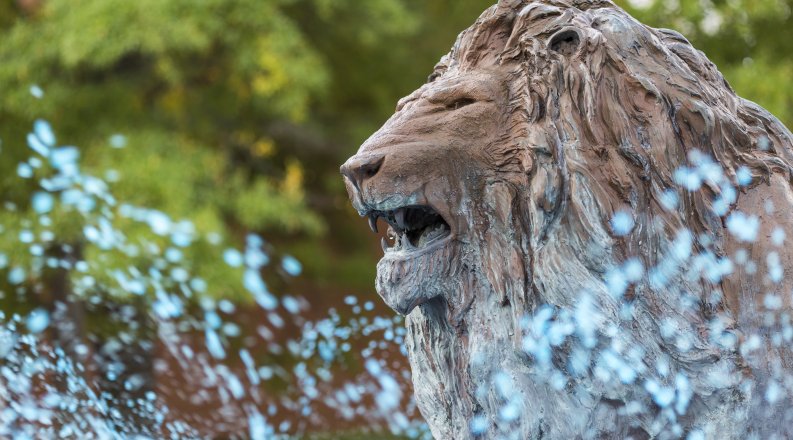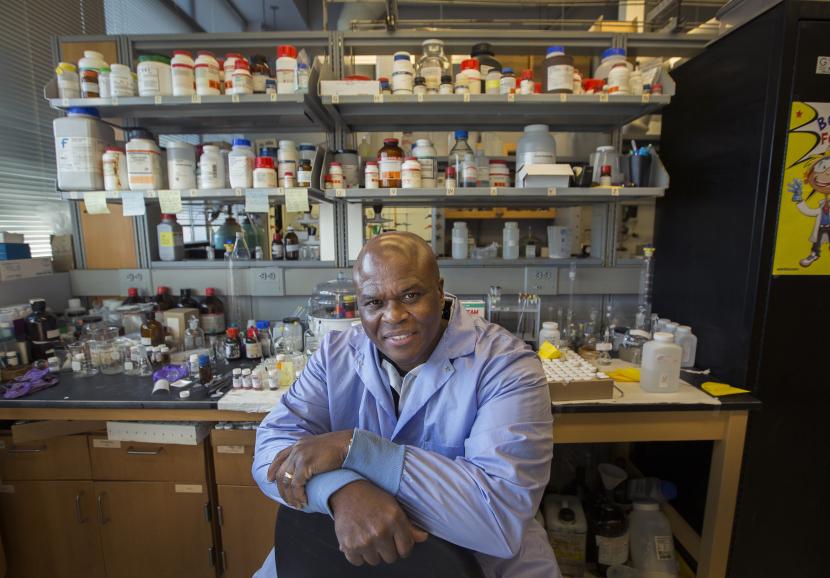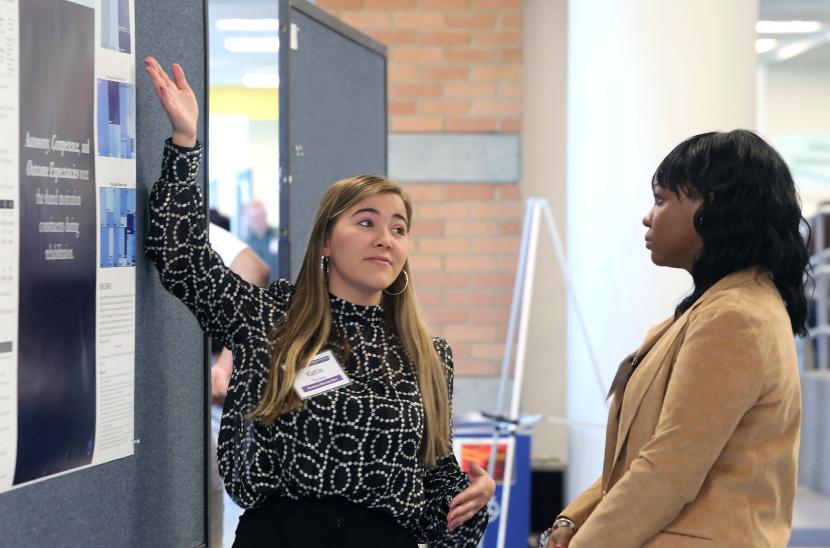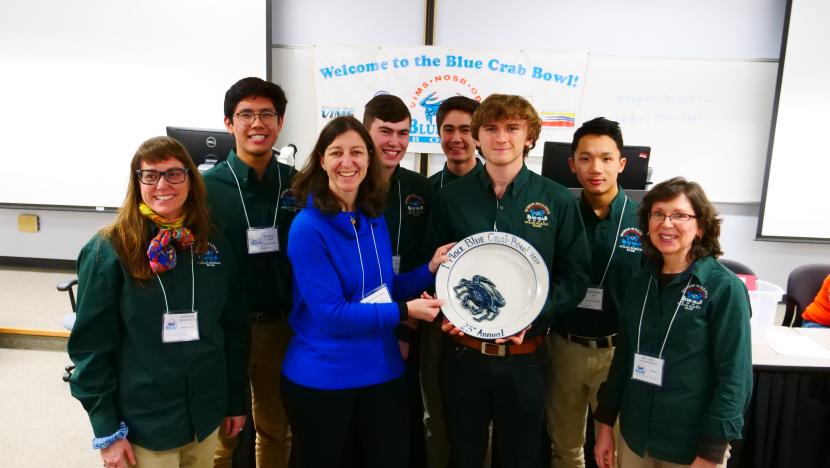Charles Hyde
By Sherry DiBari
The internal structure of protons and neutrons has remained a mystery in the scientific world. They consist of waves of quarks and gluons confined into a space approximately 100,000 times smaller than an atom.
Charles Hyde, chair and professor of physics and Eminent Scholar at Old Dominion University, and his collaborators may be one step closer to solving that mystery.
Hyde's research was recently published in Nature Physics journal. "Deeply virtual Compton scattering off the neutron" was an experiment in collaboration with researchers from Faculté des Sciences de Monastir in Tunisia, Institut de Physique Nucléaire d'Orsay in France, Ohio University, Jefferson Laboratory and ODU. The experiments were performed at the Jefferson Lab.
"This research can be described as hitting a proton or neutron with a high-energy electron, and then detecting an emitted gamma ray to 'take a picture' of the quark waves," Hyde said.
Hyde has been researching this subject since2000. This particular experiment using a liquid deuterium target was proposed in 2008 and tied in with another experiment that involved scattering an electron beam off a liquid hydrogen target; scattering off of protons.
Hyde worked with three graduate students at ODU. Two of the students have graduated; one, M.N.H. Rashad, is still at the University.
The recently published work came from the second experiment which involved scattering off of deuterium, which is the heavy isotope of hydrogen.
"The idea was that you could use a high-energy electron beam to shine a light on the proton or the atomic nucleus and then look at a high-energy gamma ray that is radiated by the nucleus as kind of taking a picture of whatever happened to the target when it was hit by the initial electron," Hyde said.
"Turning this into an actual spatial picture was long thought to be impossible, in principle. It was new theory work in the 1990s by Professors Xiangdong Ji of the University of Maryland and Anatoly Radyushkin of ODU that inspired these experiments."
The research will not end with the publication. Hyde and collaborators have a new project to extend the measurements that will run in about two years at Jefferson Labs.
"We are basically looking for every place we can do it (test) and every aspect we can improve to extend the reach a little bit and improve the precision," Hyde said.
Related News Stories
Paving the Way for the Next Generation of Chemists
Alvin Holder tinkered with his teacher's leftover chemicals as a child in Barbados. Now he's cultivating the next generation minority scientists. (More)
Honors College Undergraduate Research Symposium Showcases Work of More Than 150 Students
The annual event featured poster and oral presentations, plus a gallery of students’ artwork. (More)
College of Sciences Co-Hosts Blue Crab Bowl Competition
Catholic High School from Virginia Beach bested 15 other Virginia schools to advance to the National Ocean Sciences Bowl. (More)






